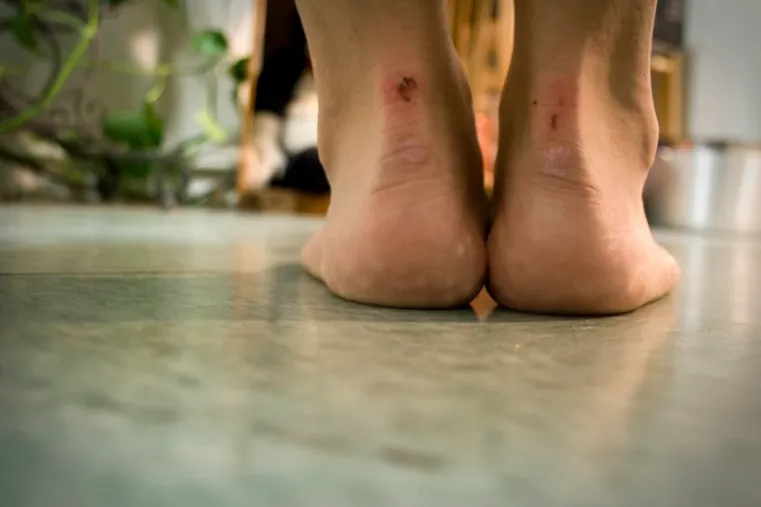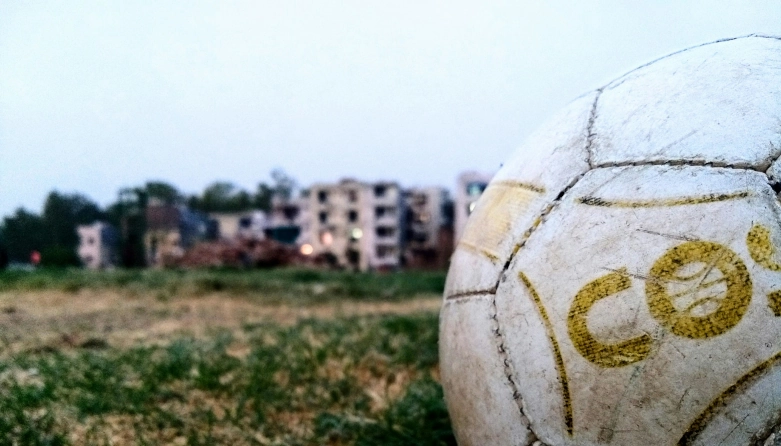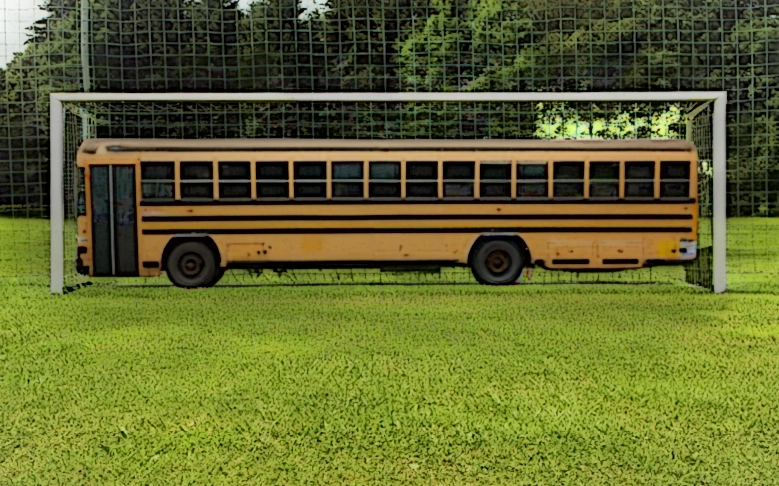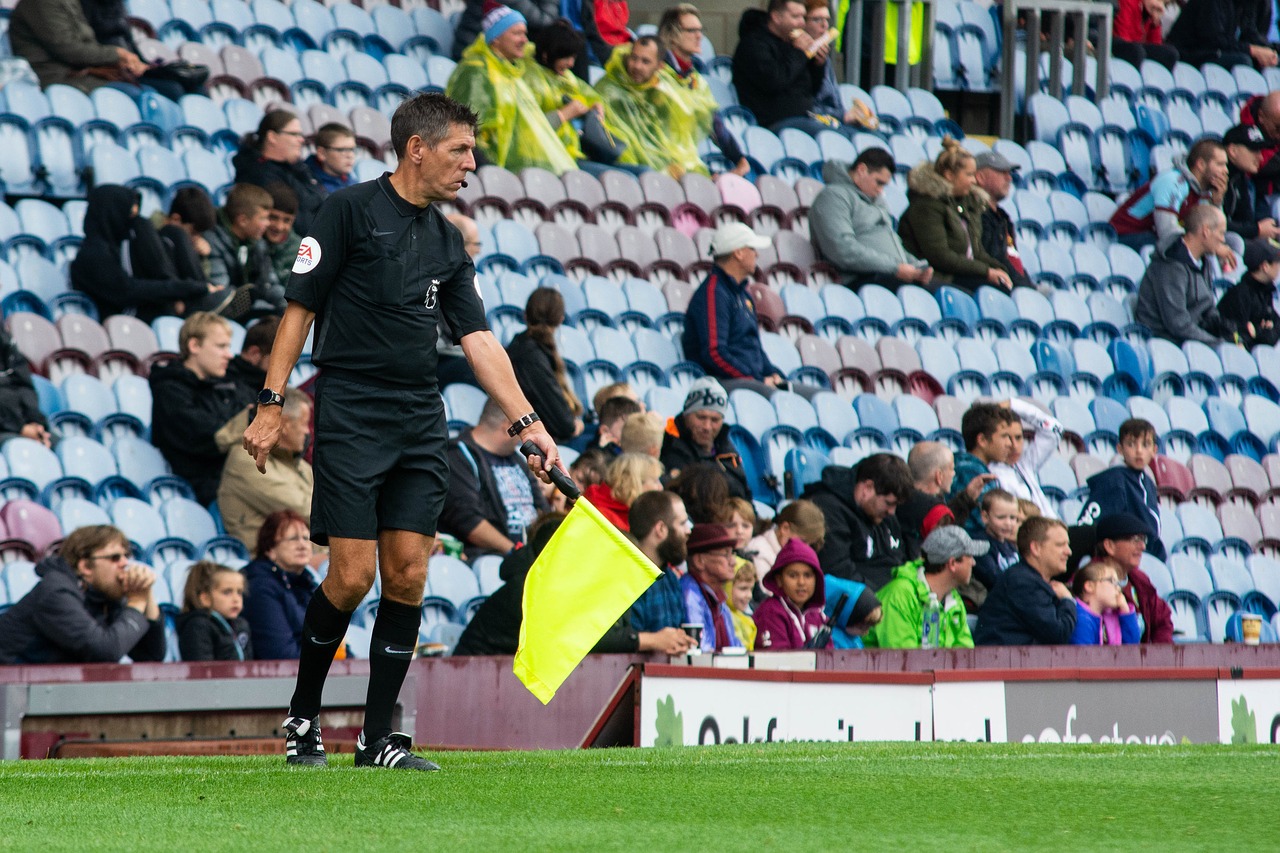How to play football with blisters and tips to avoid them

Blisters on the feet are common in football, particularly in the ankle. The pain they induce can affect any player’s performance on the pitch. So ideally, you should prevent them. However, you can play football with blisters with a bit of care.
As a general rule, you can play football with blisters if you bandage and tape over them. However, you need to treat the blister first. You do this by draining the blister, cleaning the area with an antiseptic, and covering it with a clean bandage. Podiatrists discourage popping or draining a blister, but unfortunately is the easiest way to return to the field quickly. So, if the blister is small, first try to apply padding to see if you can continue playing. If you have no choice but to drain the blister, do not remove its thin layer of skin. If you remove this protective layer, the blister will take longer to heal and may get infected.
Although you can play football with blisters, it is still very uncomfortable. Therefore, it is best to prevent them. The main reason for the formation of blisters is excessive friction between the skin and the shoe. The following tips will help you reduce friction.
Use the right football boots for you
The best way to avoid blisters is to buy a pair of football boots that fit like a glove. Football boots that are too large allow the foot to move around inside create friction. On the other hand, if you wear small shoes, your skin will be under the stress of cramped feet.
When you are short of cash, it is tempting to buy whatever cleats are on sale or use a second-hand pair of football boots from a friend. There is nothing wrong with that, as long as the boots fit well. Don’t fall into the temptation of thinking that a tight shoe will stretch or that an extra pair of socks will help tighten a loose shoe.
Another common mistake is to wear new football boots directly into a soccer game or training. You need to break your cleats first, or you are almost guaranteed to get a blister. One way of breaking your boots is to wear them around the house for a day or so. You will also see other tricks online, such as putting your boots under hot water.
Use grip socks
A good way of preventing foot blisters is to use grip socks designed for football. Grip socks have rubber dots in the sole that prevents the foot from sliding inside the boot. There are different types of grip socks. Some are like your regular long football socks that you can fit your shin pads in. Others are short socks that you wear on top of your regular football socks. These socks are also specially made to absorb as much sweat as possible.
Don’t underestimate the importance of wearing quality socks designed for football. Regular socks, not intended for sports, usually hold moisture, making your foot slide inside the boot. Use socks that are too thin, and you will have blisters. On the other hand, use bulky socks, and they will fold inside the boot and create friction.
Tape or pad common areas of friction
If your skin is still healing from a blister or you simply want to avoid them happening in common spots such as heels and ankles, applying tape or padding in the area of friction can help. This way, the friction happens between the padding and the shoe and not your skin. However, you may need to adjust the protection during the game as sweat and movement may shift the padding position.
Sometimes, you can feel discomfort and sense a blister forming up during a game. Get substituted as soon as you can and check your feet. If you notice a red spot on your feet, dry the sweat and apply whatever protection you like on it as it will likely become a blister.
In addition to tape or padding such as gauze, you can also try moleskin or blister cushions that you can buy in your local pharmacy. Moleskin is a thick fabric that adds protection to your skin, while blister cushions are like your regular plasters with a gel cushion that add extra padding.
Apply a lubricant
Lubricants like vaseline or skin lube can also help, but they can be a bit messy. You can apply the lubricant in the areas of your foot that are prone to get blisters and inside the boot to reduce friction. Depending on the type of product you use, the humidity and other factors, you may need to reapply it during the game. So, this tip works better when combined with one of the others mentioned above.
Although lubricants are an excellent help when playing a regular game, it is counterproductive for training sessions or pickup games that last more than one hour. A study by Nacht et al (1981) demonstrated that the effectiveness of moisturizers to reduce friction reduces over time and dramatically drops after the hour of usage. Other issues with lubricants are weakened skin (like when you are in the bath for too long), collecting grit and reducing the adhesion levels of tapes or other protective products.
Use foot deodorant
If your skin is weakened due to athlete foot or other skin conditions, you will get blisters. So, keeping your feet healthy is the best way of preventing them. Foot deodorants should be part of your feet hygiene regime. They are not just used to reduce the odour of your feet. They help keep your feet as clean and dry as possible during the game, thus reducing friction.
Like lubricants, deodorants’ effectiveness is limited but can help reduce the chances of getting blisters. So, use this tip in combination with good socks and protective tapes.
Takeaways
Players take many other measures to prevent or play football with blisters: wearing two socks, wearing soft insoles, lace locking, cutting a hole in the boot’s heel (yes, that is a thing!) and more. Ultimately, blisters are avoided by good foot hygiene and reducing friction. Keep your feet clean and dry, and make sure that you wear the right gear, and you won’t have problems with blisters.



